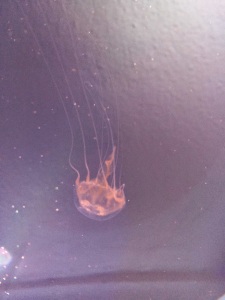It happens more than you would think. You’re gazing into your saltwater aquarium and all of a sudden you observe something darting around- it looks like a jellyfish. But what is it really and how did it get here?
As jellyfish experts, we hear this question a lot. We’ve compiled a guide to all of the different jellyfish hitchhikers found in marine aquariums!
Clinging Hydromedusa (Cladonema Sp.)
This species is a very common hitchhiker. I frequently see them pop up in new aquariums, especially ones with lower flow. Their hydroid stage can hitchhike in on live rock, frags etc. What you most typically see is the Medusa, or the jellyfish stage. They start as tiny rocket ship shaped Jellies and eventually attach themselves to the glass or rocks. They’re typically considered harmless in a reef tank setting, and will likely disappear on their own. The only time they pose a threat is when they take residence in larval fish operations or seahorse tanks. 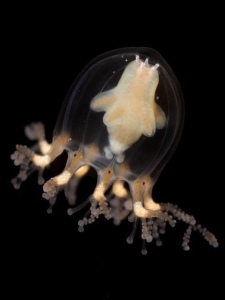
Upside Down Jellyfish (Cassiopeia sp.)
This species is a little less common than the species above. Upside Down Jellyfish are a true species of jellyfish, and actually grow up into fascinating and neat creatures. They can be a bit of a pest when they hitchhike into your aquarium, but they’re essentially free jellyfish!
The first think you typically see are tiny 1/4″ sized brown jellyfish flapping around your tank. Like the jellies above, Upside Downs typically stow away in their polyp stage. They are small and anemone like, almost resembling an Aiptasia. This polyp stage can be irritating to corals or fish if they get out of hand. 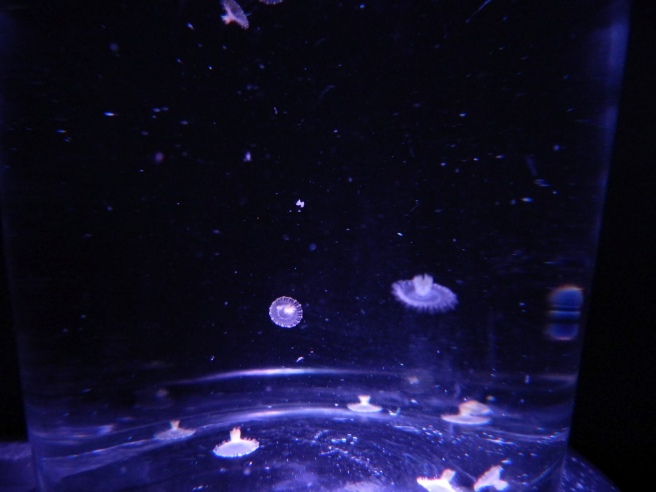

Honorable Mention: Benthic Comb Jellies
Comb jellyfish aren’t true jellyfish, but Ctenophores. They’re known for the iridescent rainbow colors they produce. So it comes as a bit of a surprise to learn that some of these ctenophores live attached to other organisms. They very closely resemble flat worms, and most aquarium keepers would assume that’s what they are. In actuality, they’re totally harmless and incredibly fascinating. 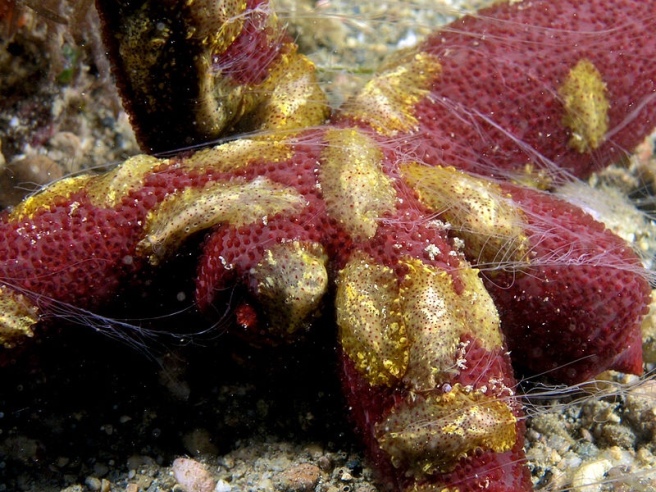
These enigmatic creatures are often found living on leather corals or starfish. The next time you buy a wild collected leather coral, check to see if there are benthic ctenophores living on it. A tell tale sign are the spider web like tentacles they release out into the water. These webs don’t sting, but actually use sticky fibers to collect plankton floating by.

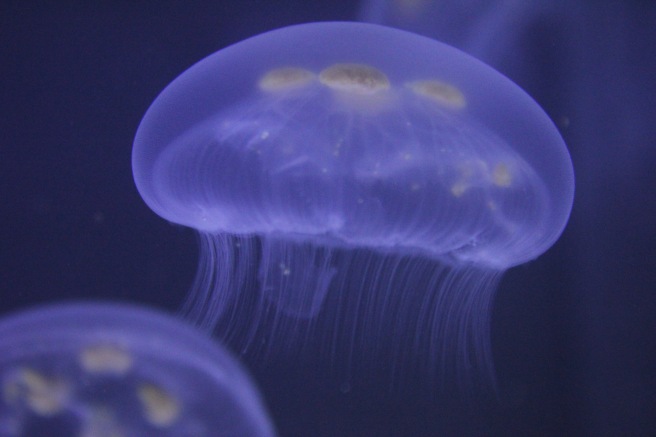



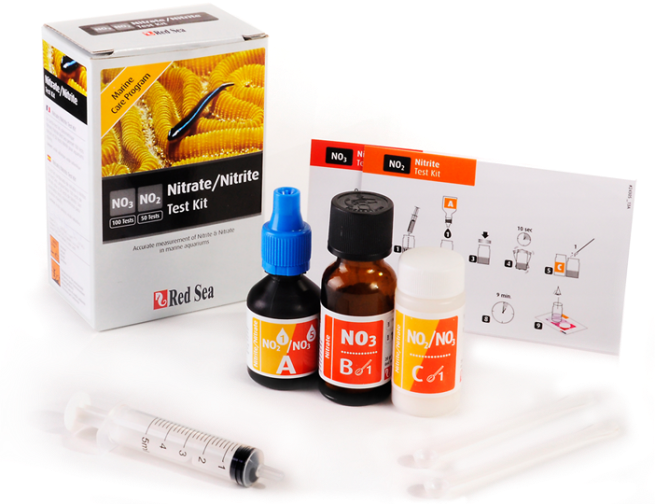
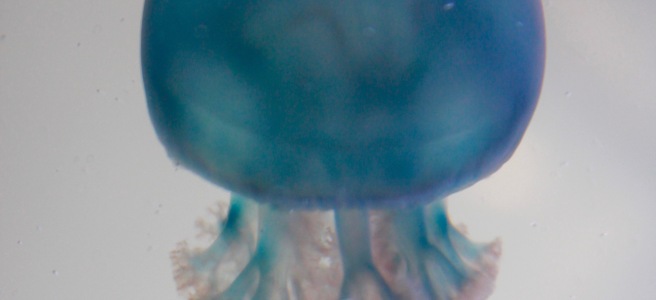
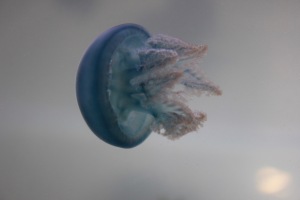





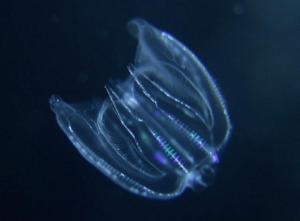
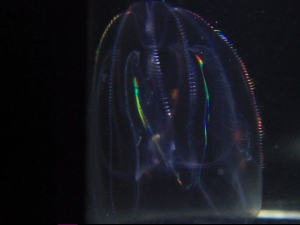
 condition is somewhat common. Let’s take a look at what causes it, and what we can do to fix it.
condition is somewhat common. Let’s take a look at what causes it, and what we can do to fix it.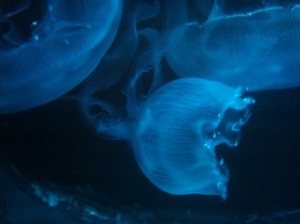 ed struggle with necessary processes, such as eating. Even if it looks like they are catching food, they are probably not able to disperse the nutrition around the body. A very small percentage of inverted jellyfish will return to their proper shape on their own.
ed struggle with necessary processes, such as eating. Even if it looks like they are catching food, they are probably not able to disperse the nutrition around the body. A very small percentage of inverted jellyfish will return to their proper shape on their own.

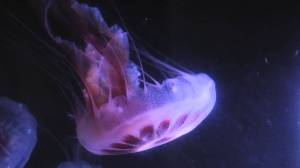 ing animal. They can be found in many different colors and patterns. Despite their delicate looks, these jellyfish make an excellent beginner jellyfish for the home aquarium.
ing animal. They can be found in many different colors and patterns. Despite their delicate looks, these jellyfish make an excellent beginner jellyfish for the home aquarium.